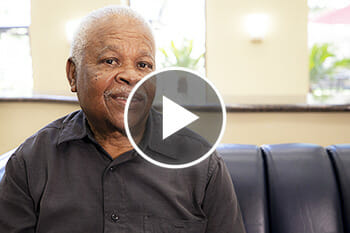ACCIDENT
Results
$10.6 million
Net to Client
Married couple sustained multiple fractures and wife sustained a traumatic brain injury as a result of a head-on car wreck.
$5.4 million
Net to Client
Plaintiff sustained a traumatic brain injury in a car wreck.
$1.9 million
Net to Client
Plaintiff was hit by a truck while riding his bicycle. He sustained multiple fractures and a herniated disc in his low back.
FREE
Giveaways
Through free giveaways, scholarships, donations, and volunteer activities, we support the academic goals of students in our communities, and the charitable initiatives of nonprofits and community organizations.
WE CAN HELP WITH…
- Airplane Accidents
- Bus Accidents
- Houston Car Accident Lawyers
- Commercial Vehicle Accidents
- Defective Car Accidents
- Distracted Driving Accidents
- Drowsy Driving Accidents
- Drugged Driving Accidents
- Drunk Driving Accidents
- Electric Vehicle Accidents
- Garbage Truck Accidents
- Hit-and-Run Accidents
- Interstate Accident Lawyer in Houston, TX
- Lyft Accidents
- Motorcycle Accidents
- Pedestrian Accidents
- Rear-End Accidents
- Tanker Truck Accidents
- Truck Accidents
- Unsecured Truck Loads
- U-turn Accidents
- Vehicle Accidents
- Vehicle Accident at Work
- eBOOK: AN OVERVIEW FOR TEXAS ACCIDENT VICTIMS
- VIDEOS: YOUR ACCIDENT CLAIM


 Terry Bryant is Board Certified in personal injury trial law, which means his extensive knowledge of the law has been recognized by the Texas Board of Legal Specialization, setting him apart from many other injury attorneys. The 22 years he spent as a Municipal Judge, Spring Valley Village, TX also provides him keen insight into the Texas court system. That experience also helps shape his perspective on personal injury cases and how they might resolve. This unique insight benefits his clients. [
Terry Bryant is Board Certified in personal injury trial law, which means his extensive knowledge of the law has been recognized by the Texas Board of Legal Specialization, setting him apart from many other injury attorneys. The 22 years he spent as a Municipal Judge, Spring Valley Village, TX also provides him keen insight into the Texas court system. That experience also helps shape his perspective on personal injury cases and how they might resolve. This unique insight benefits his clients. [ 


